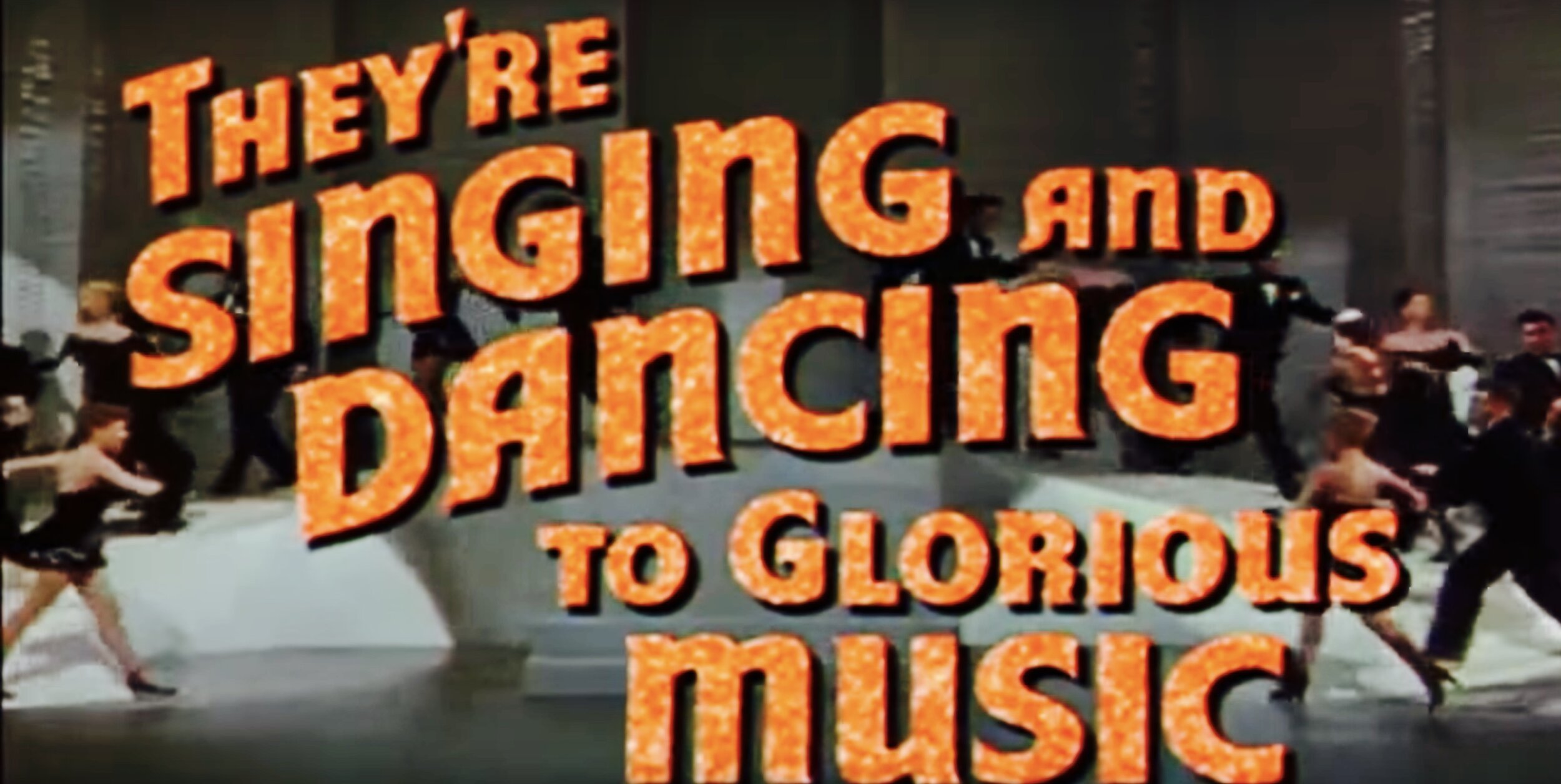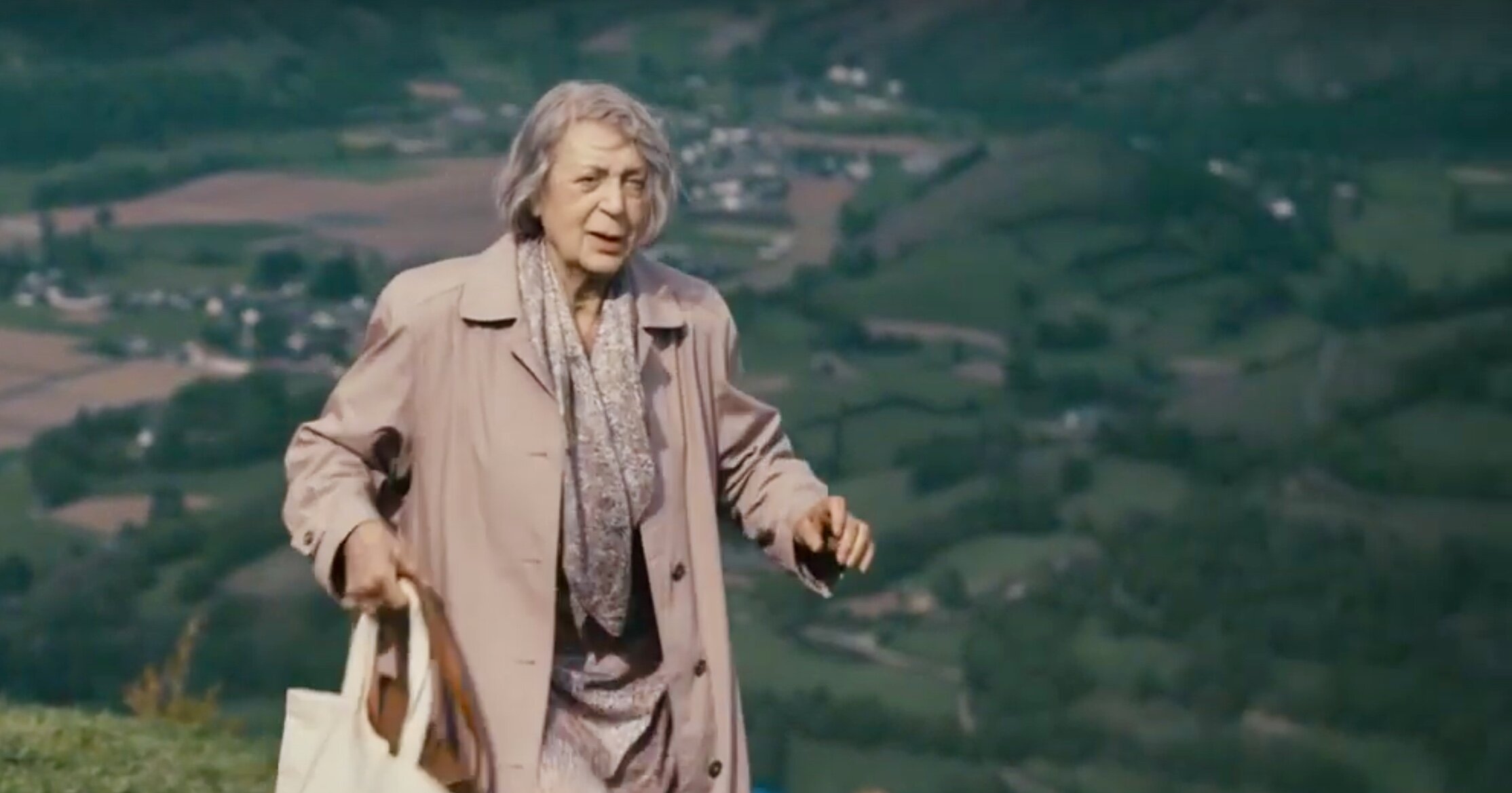Top Ten Albums
1. Alexander Hawkins- Togetherness Music
My review.
2. Patricia Brennan- Maquishti
Concussed.
3. R.A.P. Ferreira- Bob’s Son
My review.
4. Miguel Zenón and Luis Perdomo- El Arte Del Bolero
My review.
5. Behzod Abduraimov- Debussy Chopin Mussorgsky
My review.
6. Caroline Shaw- Narrow Sea
Experimental gospel.
7. Sleaford Mods- Spare Ribs
My review.
8. Estelle Revaz and the Geneva Chamber Orchestra- Journey to Geneva
Startling interpretations of compositions by Frank Martin and Xavier Dayer.
9. Rich The Factor- Mobbligated
Straight off Kansas City’s grimiest assembly line.
10. Shame- Drunk Tank Pink
Queasy.
Top Ten Songs
1. Anavitória- "Terra"
Brazilian wall of sound.
2. Selena Gomez- "De Una Vez"
The pop star shares my affection for Bad Bunny.
3. Morgan Wallen- "Quittin' Time"
Remember Clint Black? Morgan Wallen does.
4. Chai- "Action"
“It’s going to be ok.”
5. Saweetie and Doja Cat- "Best Friend"
Cruisin’.
6. Flee Lord, Eto and Westside Gunn- "Ain't Hit Nobody"
Knockout.
7. Julien Baker- "Hardline"
Darkness, darkness.
8. Olivia Rodrigo- “Drivers License”
Teen spirit.
9. Rhye- "Come In Closer"
Sade sounds better than ever.
10. Anuel AA and Ozuna- "La Maria"
Rap it soft and it’s almost like praying.
Top Ten Films
1. Lourdes (2009)
Dogma and disability in France.
2. Say Amen, Somebody (1982)
Anointed! My new all-time favorite music documentary.
3. Ma Rainey’s Black Bottom (2020)
Superb rendering of August Wilson’s estimable play.
4. The Little Foxes (1941)
Superb rendering of Lillian Hellman’s estimable play.
5. Fitzcarraldo (1982)
A wondrous shipwreck.
6. Gräns (2018)
Uninhibited Swedish fairytale.
7. The Blues Accordin’ to Lightnin’ Hopkins (1967)
Mojo workin’.
8. Little Joe (2019)
Cautionary fable about GMOs.
9. Jazz on a Summer’s Day (1959)
Incredibly, I’d seen only excerpts.
10. The Falcon and the Snowman (1985)
Drugs, treason and the NSA.
Links to previous installations of my monthly recap series begin here.










